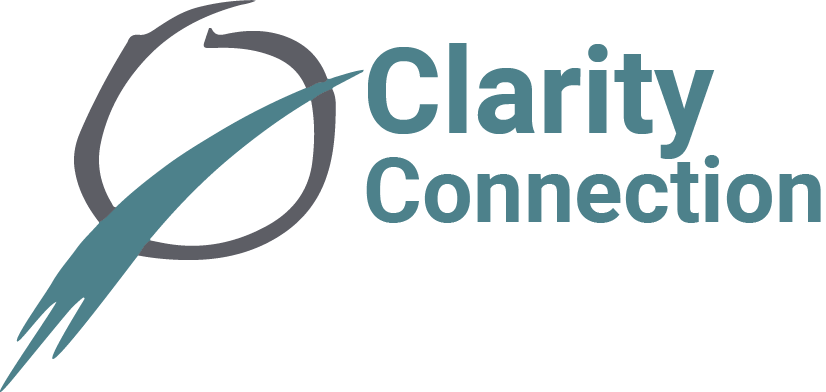Have you had the experience of watching a movie in 4D? I didn’t even know what that meant when I walked into the theater. I said a small “huh” when I sat down and saw a button on the seat that said I could turn the water on or off.
Turns out, in case I am not the only one who didn’t know, 4D means you get to experience more than just watching the film. The chair moves and undulates synchronized with the action on the screen. A slight breeze blows in your face when you are at “higher altitudes”, and during the fight scenes invisible fists pound your back. Oh, and the spray was a slight mist in your face when it rained.
I couldn’t help but think how we sometimes live life in 4D; how we sit back and let life happen to us; how we let external experiences define what or how we feel; how we sometimes disconnect from life and watch what is happening as if it is on a movie screen with an automated seat.
This is not to say that life doesn’t throw punches or knock the breath out of us. Sometimes the last thing we want to do is feel. What is your numbing tool of choice? Do you prefer alcohol, television, incessant activity, invulnerability, or…………? Whatever you choose, it also prevents you from experiencing joyous color and the chance to twirl and sing or quietly savor the words of Socrates or the best trash novel ever.
In order to feel or do any of these things, we need to be willing to do all of it. We get to experience the velocity of the water that assaults us when we don’t have an on or off button on our own seat of life. In the other moments, we get to celebrate joy, happiness or occasionally just relief. We get to cry or shout in both times of pain and joy.

0 Comments